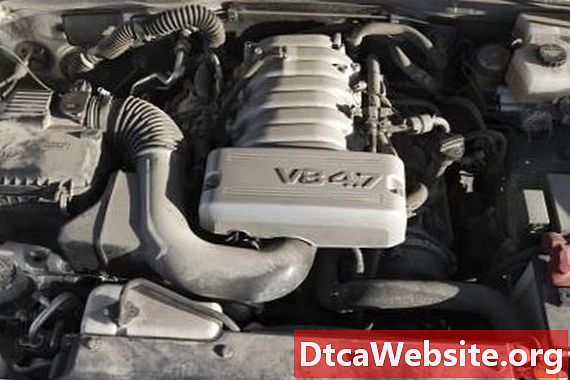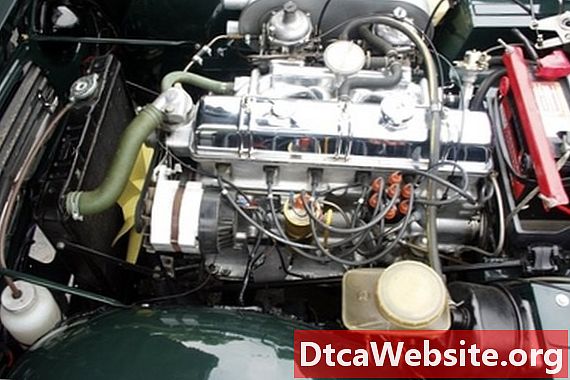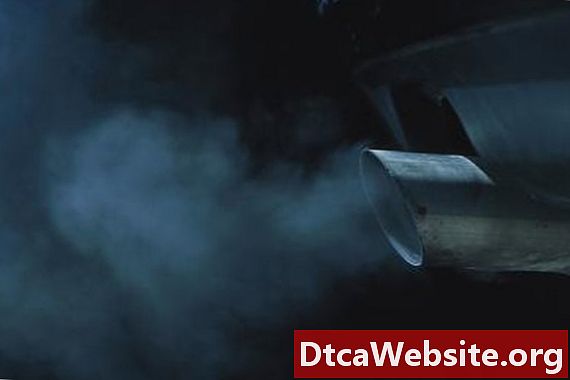
Contenu

The Mopar 400 Big Block engine for Chrysler, Dodge and Plymouth makes is a member of the B-series of V-8 engines. This series included with 350, 361 and 383 cubic inch displacements. The 400-cubic inch engine was introduced in 1972 in a high-performance and a standard version. This engine was essentially a bored-out version of the 383 engine and was introduced in response to new smog control legislation. By 1978, B-series V-8 engine production halted.
1972 400 Engine Specifications
The 1972 400 V-8 engine came with a choice of a two-barrel carburetor (standard variant) and a four-barrel carburetor (high performance variant). Both variations had the same engine block, which had a bore and stroke of 4.34 inches by 3.38 inches. The compression ratio of both variations was 8.2-to-1 and the normal oil pressure was between 45 and 65 psi. The standard variant two-barrel version produced 310 foot-pounds of torque at 2,400 rpm and 190 horsepower at 4,400 rpm. The high-performance variant four-barrel version produced 340 ft-lbs of torque at 3,200 rpm and 255 HP at 4,800 rpm.
1973 Engine Specifications
As with 1972, the 1973 400 V-8 engines came in a two-barrel carburetor standard variant and a four-barrel carburetor high-performance variant. Bore and stroke, engine oil pressure range and compression ratios remained unchanged from 1972. Only slight differences were noted in engine performance. The standard variant produced the same torque, 310 ft-lbs at 2,400 rpm, buy horsepower was down to 185 hp at 3,600 rpm. The high-performance variant produced 335 ft-lbs at 3,600 rpm, down slightly from 1972. The horsepower rating for the high-performance engine, though, increased to 260 HP at 4,800 rpm in 1973.
1974 Engine Specifications
The last year of production for the 400 V-8 engine was 1974, and there were three variants for this year. One had a two-barrel carburetor. There were two versions with a four-barrel carburetor, but they were tuned differently. No differences were seen in compression ratios, bore-and-stroke measurements or normal engine oil ranges from previous years. The two-barrel carburetor standard variant produced the same horsepower as the 1973 version, 185 HP, but at a higher speed, 4,000 rpm. The torque of the standard variant increased to 315 ft-lbs at 2,400 rpm. One of the four-barrel carburetor variants in 1974 produced 310 ft-lbs at 2,400 rpm and 205 HP at 4,400 rpm. The other produced 330 ft-lbs of torque at 3,400 rpm and 250 HP at 4,800 rpm.


